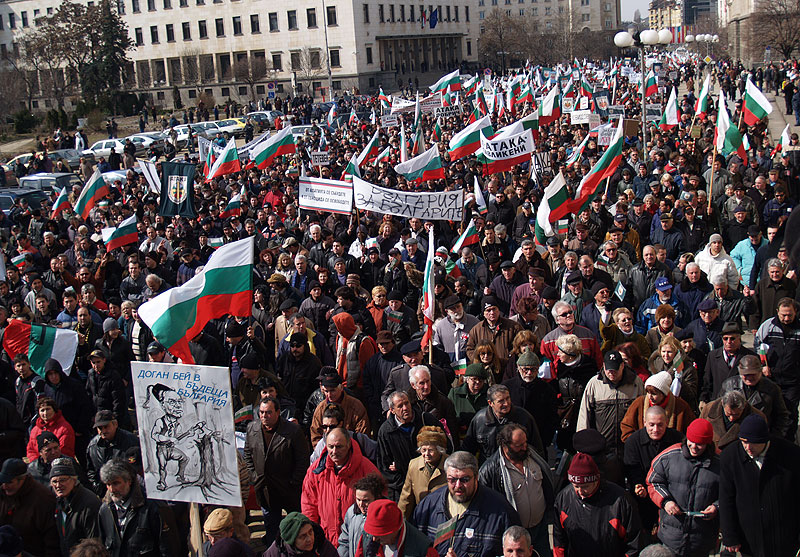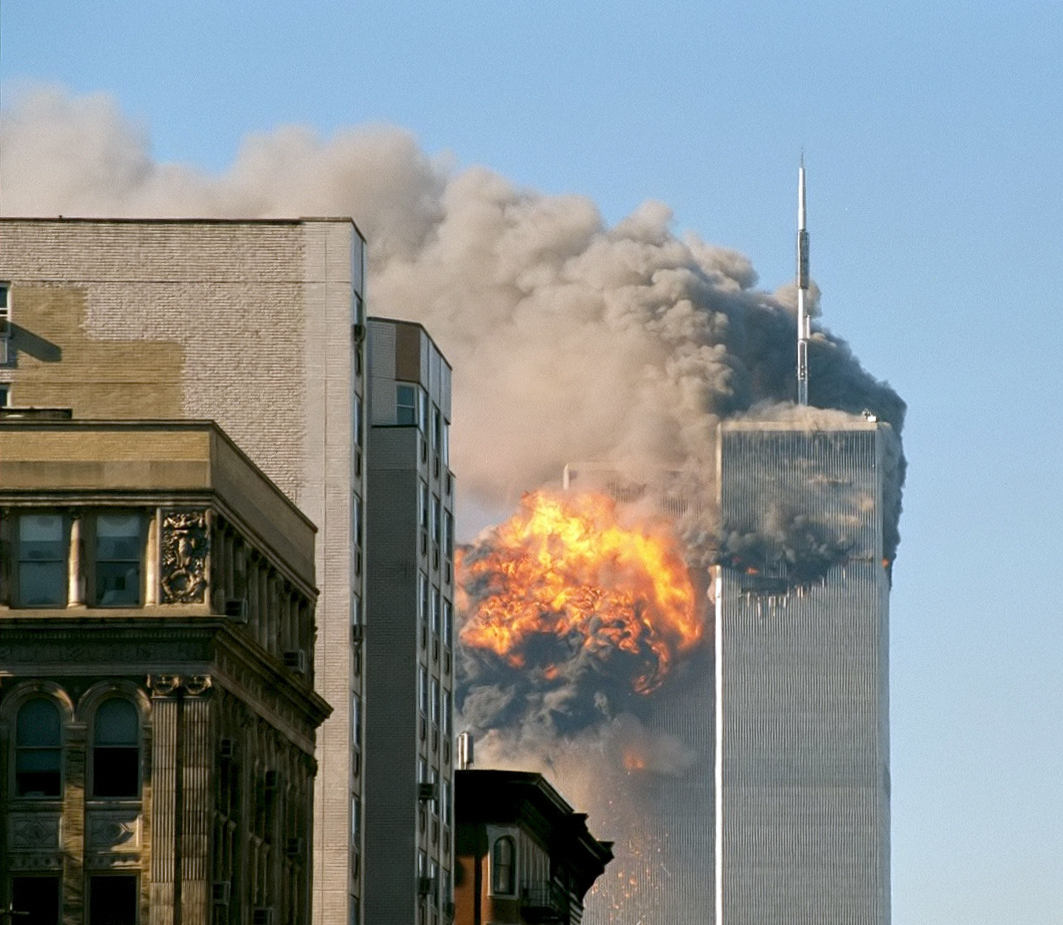The ongoing Syrian Civil War and the atrocities perpetrated by ISIS are contributing to the worst refugee crisis since the Second World War. According to the 2015 Syria End of Year Report by the United Nations High Commissioner for Refugees (UNHCR), there are over 4.2 million refugees, 6.5 million internally displaced people, 13.5 million people in need of humanitarian assistance and over a quarter of a million people dead. For a country with a pre-war population of approximately 23 million, these figures are staggering. As these numbers increase in 2016, the prospect of rebuilding Syria becomes increasingly bleak.
In response, the United States launched Operation Inherent Resolve, a coalition of nations to destroy ISIS through an aerial campaign and by training local forces. While the operation has so far been successful, defeating ISIS is neither immediately possible, nor would it independently end the refugee crisis. The crisis, although intensified with the addition of ISIS, began at the hands of Syrian President Bashar al-Assad in 2011.
The majority of Syrian refugees are in Turkey, Jordan, Lebanon and Iraq and are slowly being resettled in Europe and North America. Assisting these refugees is necessary, although it does little to help the 6.5 million internally displaced Syrians or the 13.5 million people in Syria who need immediate aid. UNHCR and other NGOs are providing assistance in Syria; however, with no foreseeable conclusion to the conflict, the number of refugees will increase as will the death toll.
At what point does the world decide that, an international military intervention to provide humanitarian assistance and ensure the protection of civilians is necessary? The threshold in previous instances was much lower than 4.5 million refugees and a quarter of a million deaths.
In the 1990s, there were several examples of successful humanitarian interventions by coalitions of Western militaries that saved millions of lives. One such mission was Operation Provide Comfort. Immediately following the Gulf War, Kurdish Peshmerga insurrections against Saddam Hussein instigated a brutal response. Out of fear of the ensuing reprisal and with the memory of Saddam’s genocidal Al-Anfal Campaign fresh in their memory, 1 million Kurdish people fled their homes in Iraq. While many of these Kurds escaped to Jordan, Turkey and Iran, 500,000 were stranded in the mountains along the Turkish and Iraqi border and were in desperate need of water, food and medical supplies. UNHCR data indicates that 500 refugees per day were dying between March and May of 1991.
![Kurdish Refugees-1991 [Image #2]](http://natoassociation.ca/wp-content/uploads/2016/04/Kurdish-Refugees-1991-Image-2-202x130.jpg)
This crisis gained significant international attention. On April 5, 1991, the UN Security Council Resolution 688, denouncing Saddam Hussein’s actions, was issued. Two days later, American aircraft imposed a no-fly zone over northern Iraq and began dropping supplies to refugees. This marked the beginning of ‘Operation Provide Comfort’.
The U.S. 10th Special Forces Group and the 24th Marine Expeditionary Unit deployed personnel to assist the refugees on the Turkish side of the border. The combat medics worked with NGOs and the Turkish soldiers to provide humanitarian aid, while military engineers built helicopter-landing zones to facilitate supply delivery. Unfortunately, the Kurdish camps on the Iraqi side of the border were operating beyond the reach of the military, NGOs and Turkish government assistance.
Decision makers realised that the initial efforts would not save all the Kurds on both sides of the border; a military invasion into Iraq to establish and enforce a secure zone for the refugees was necessary.
This shift in objective, from airdropping aid to invading Iraq and enforcing a protective zone, required an escalation of force. On April 21, 1991, 45 Commandos of the British Royal Marines entered northern Iraq, followed by 400 members of the Royal Netherlands Marines two days later, and on May 3, 1991 by the French 8th Marine Parachute Infantry Regiment and the 11th Parachute division. These troops expelled Saddam’s forces from the cities in northern Iraq so that the Kurdish refugees could return.
In total, 23,000 soldiers from 11 nations were rapidly deployed to save the lives of hundreds of thousands of Kurdish refugees. Once the Kurds had returned to their homes, the coalition troops assisted the NGOs with civil reconstruction and the provision of aid. The U.S Army field historian for Op Provide Comfort, Gordon Rudd, thoroughly explores the operation in his book entitled, Humanitarian Intervention: Assisting the Iraqi Kurds in Operation Provide Comfort, 1991.
By June 24, 1991, those 23,000 troops had already left Iraq, and Op Provide Comfort was then succeeded by Op Provide Comfort II, an aerial campaign based out of Turkey to provide immediate and overwhelming support to the Kurds, should they be endangered again. This mission lasted until 1996. In 1992, while under the protection of Op Provide Comfort II, the Kurdish people democratically elected the Kurdistan Regional Government and today, with a population of 5.2 million, Iraqi Kurdistan is caring for over 223,000 Syrian refugees.
In the 1990s, military interventions were launched in Iraq, Somalia and the former Yugoslavia. These were not nation-building or regime-changing exercises, but rather militarily enforced humanitarian aid and protection for vulnerable peoples. Whether or not overwhelming military force can be used to provide humanitarian aid and protection is a non sequitur. It has been done before. Perhaps the international fervor subsequent to the success of the Gulf War provided the political will for the developed world to stand up for the Kurds in 1991.
Unfortunately, the current Syrian Civil War followed the Iraq War and it seems that Western political leaders have forgotten the lessons learned in the 1990s, that their militaries could mend wounds just as efficiently as they inflict them. There are 250,000 Syrians who would have hoped those lessons had not gone astray.




